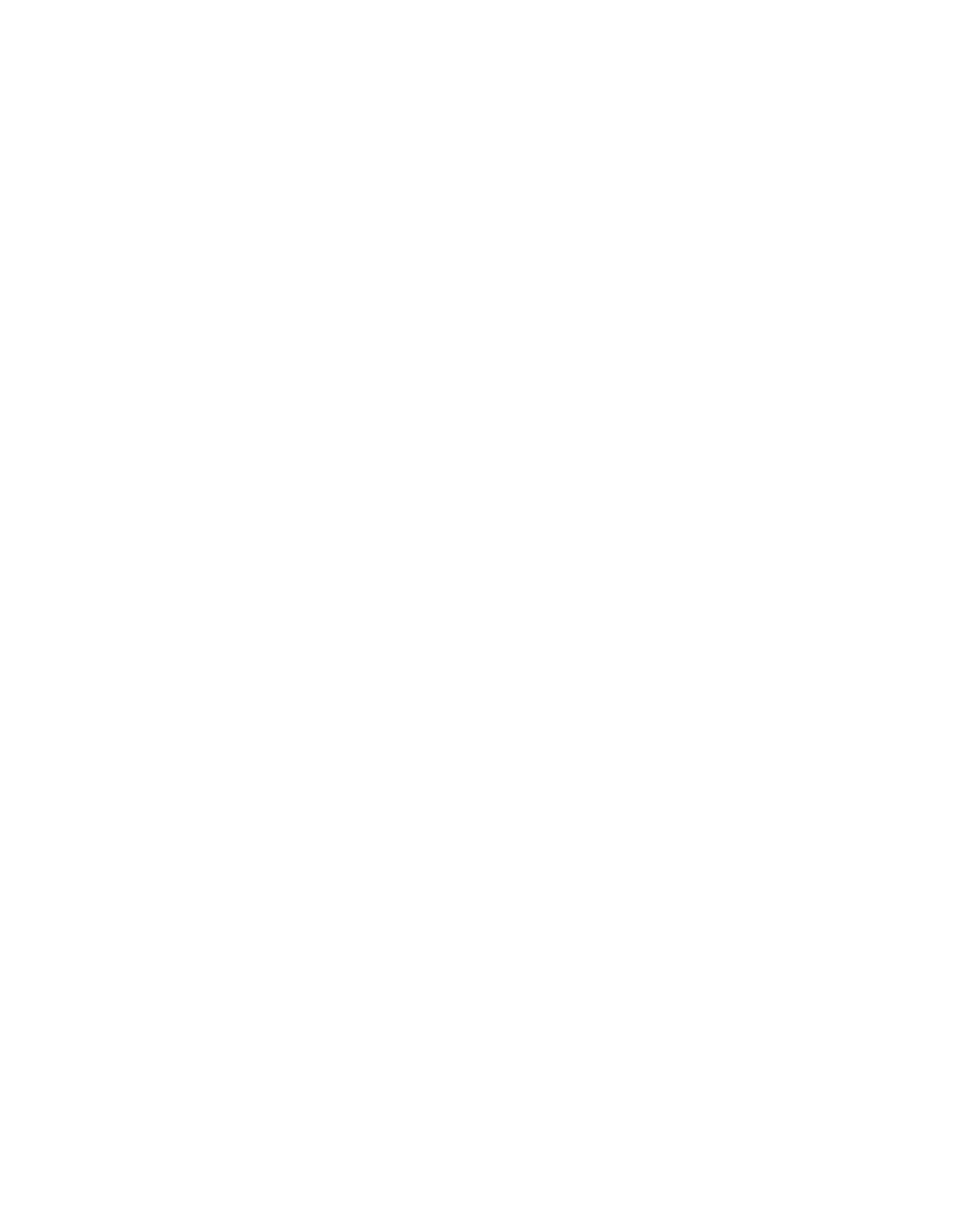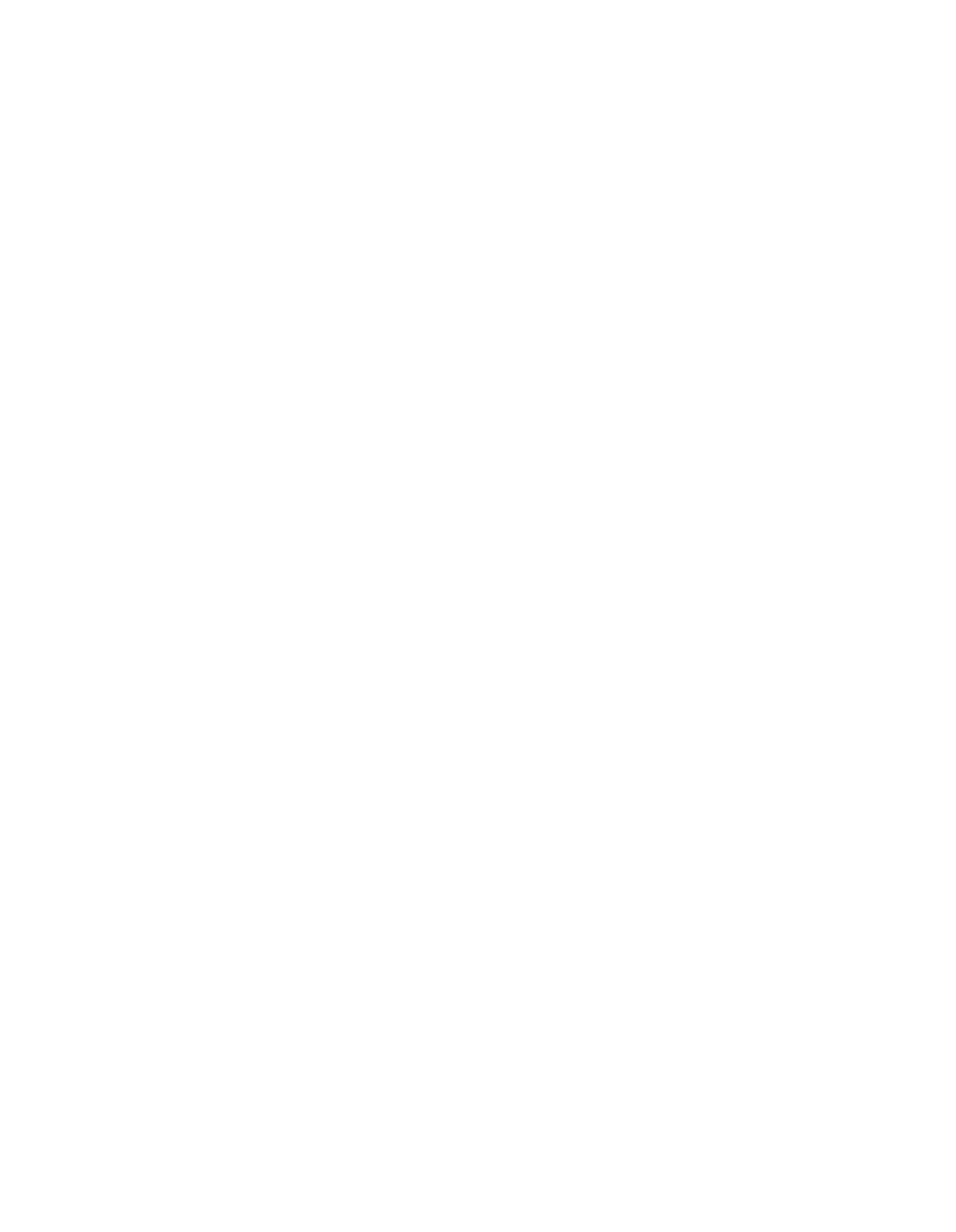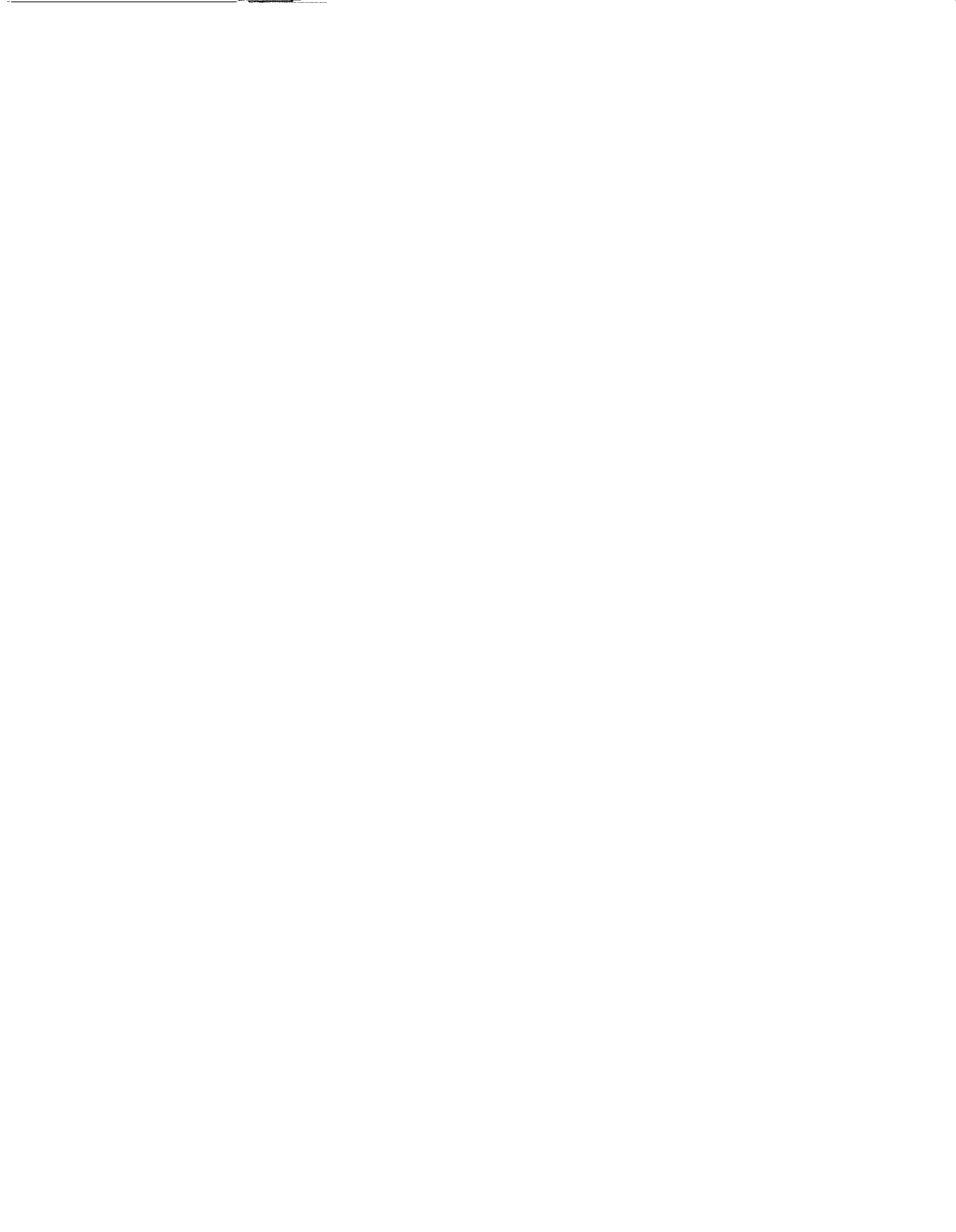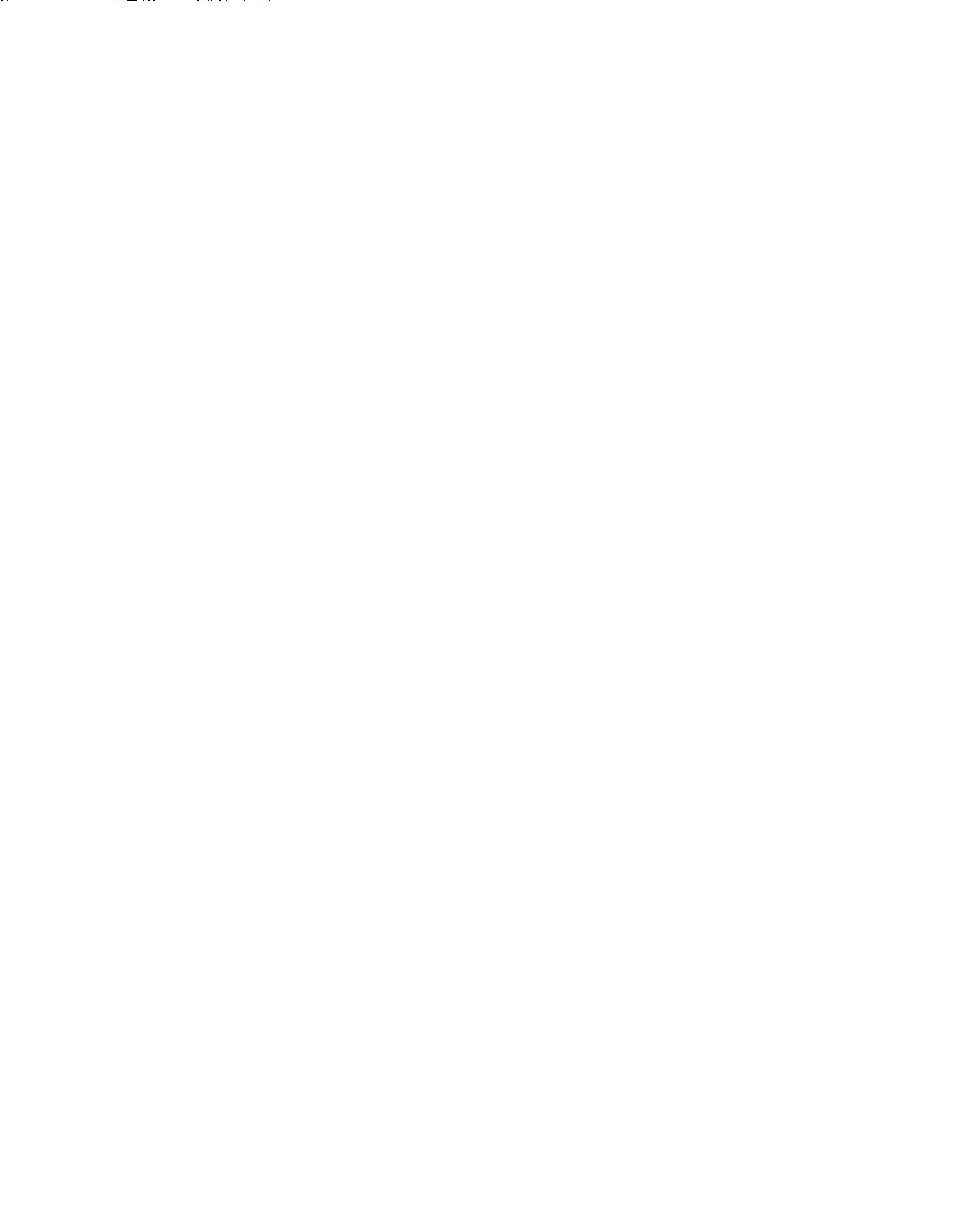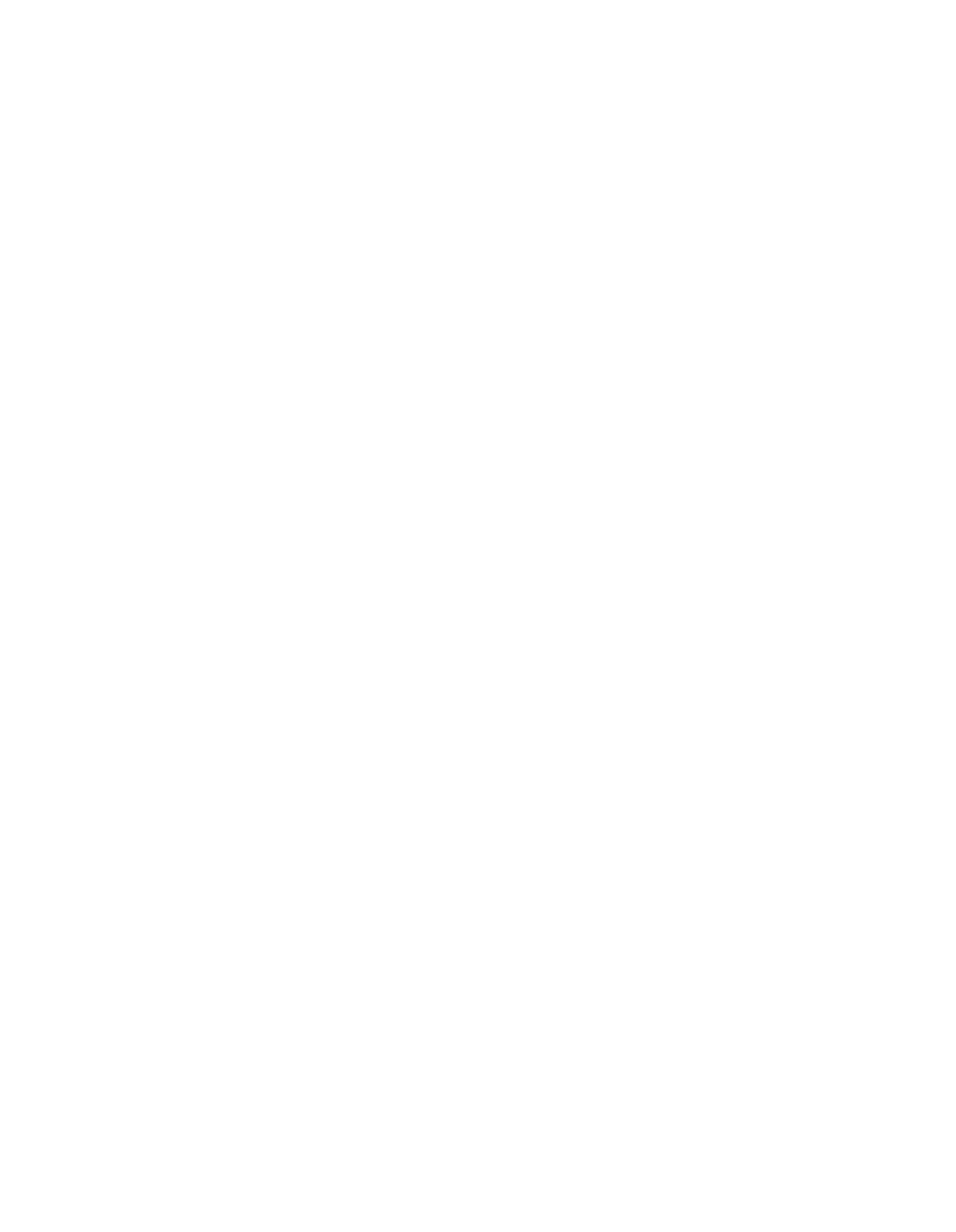CLERK’S OFFICE
JUN
03
2005
BEFORE THE ILLINOIS POLLUTION CONTROL BOAJ~ATEOF ILLINOIS
Follution Control Board
IN THE MATTER OF:
)
)
PROPOSED AMENDMENTS TO
EXEMPTIONS FROM STATE
PERMITTING REQUIREMENTS
(35
ILL. ADM. CODE 20 1.146)
NOTICE OF FILING
TO:
Ms. Dorothy M. Gunn
Clerk ofthe Board
Illinois Pollution
Control Board
100 West Randolph Street
Suite 11-500
Chicago, Illinois 60601
(VIA
FIRST
CLASS
MAIL)
Ms.
Amy Antoniolli
Hearing Officer
Illinois Pollution Control Board
100 West Randolph Street
Suite 11-500
Chicago, Illinois
60601
(VIA
FIRST CLASS MAIL)
(PERSONS ON ATTACHED SERVICE LIST)
PLEASE TAKENOTICE that I have today filedwith the Office ofthe Clerk of
the Illinois Pollution Control Board an original and nine copies ofthe PRE-FILED
TESTIMONY
OF
KATHERINE D.
HODGE
ON BEHALF
OF
THE ILLINOIS
ENVIRONMENTAL REGULATORY
GROUP IN SUPPORT OF
R05-19, a copy of
which is herewith served upon you.
)
)
)
)
R05-19
(Rulemaking
-
Air)
Respectfully submitted,
ILLINOIS ENVIRONMENTAL
REGULATORY GROUP
By:
__________________
One ofIts Attorneys
Dated:
June
1, 2005
N. LaDonna Driver
Robert A. Messina
Jeanne B.
Heaton
HODGE DWYER ZEMAN
3150 Roland Avenue
Post Office Box
5776
Springfield, Illinois
62705-5776
(217) 523-4900
General Counsel
Illinois Environmental Regulatory Group
3150 Roland Avenue
Post Office Box
5776
Springfield, Illinois
62705-5776
(217) 523-4942
THIS
FILING SUBMITTED ON RECYCLED PAPER
CERTIFICATE OF SERVICE
I, N. LaDonna Driver, the undersigned, certify that I have served the attached
TESTIMONY
OF
KATHERINE D. HODGE ON BEHALF OF THE ILLINOIS
ENVIRONMENTAL REGULATORY GROUP
IN SUPPORT OF R05-l9 upon:
Ms. DorothyM. Gunn
Clerkofthe Board
Illinois Pollution Control Board
100 West Randolph Street
Suite 11-500
Chicago, Illinois
60601
Matthew Dunn, Chief
Division ofEnvironmental Enforcement
Office ofthe Attorney General
188 West Randolph Street,
20th
Floor
Chicago, Illinois
60601
Heidi E. Hanson,
Esq.
H.E. Hanson, Bsq. P.C.
4721 Franklin Avenue
Suite
1500
Western Springs,
Illinois
60558-1720
A.D. Volz
OSF Healthcare Systems
800 N.E. Glen Oak Avenue
Peoria, Illinois
61603-3200
Howard Chinn, C.E.
Environmental Bureau
Illinois
Attorney General’s Office
188
West Randolph Street
~
Floor
Chicago, Illinois
60601
Ms. Patricia F. Sharkey
Mayer, Brown, Rowe &
Maw, LLP
190 South LaSalle Street
Chicago, Illinois
60603
Charles E. Matoesian
Division of Legal Counsel
Illinois Environmental Protection Agency
1021
North Grand Avenue East
Post Office Box
19276
Springfield, Illinois
62794-9276
Rosemarie
Cazeau, Esq.
Office ofthe Attorney General
188 West Randolph Street
20th
Floor
Chicago, Illinois
60601
Amy Antoniolli
Illinois Pollution Control Board
100 WestRandolph
Suite 11-500
Chicago, Illinois
60601
Mr. Christopher Newcomb
Kavagonis, White & Mogel, Ltd.
414 North Orleans
Suite 810
Chicago, Illinois
60610
Mr. Rodney Harper
Rush Oak Park Hospital
520
South Maple Avenue
Oak Park, Illinois
60304
Mr. Michael Severns
Bodine Environmental Services, Inc.
5350 E.
Firehouse Road
Decatur, Illinois
62521
Mr. Bruce Nilles
Roy M. Harsch, Esq.
Sierra Club
Gardner, Carton & Douglas, LLP
214 North Henry
191 North Wacker Drive
Suite 203
Suite 3700
Madison,
Wisconsin
53703
Chicago, flhinois
60606-1698
Steven J. Murawski, Esq.
Gardner, Carton & Douglas, LLP
191
North Wacker Drive
Suite 3700
Chicago, Illinois
60606-1698
by depositing said documents in the United States Mail, postage prepaid, in Springfield,
Illinois,
on June 1, 2005.
N. LaDonna Driver
IERG:OO1IR-Dockets/FiI/R05-I9IKDH Testimony for 2”
hearing
‘?
~1~EFORE
THE ILLINOIS POLLUTION CONTROL BOARD
ô
)
PROPOSED AMENDMENTS TO
)
R05 -19
EXEMPTIONS FROM STATE
)
(Rulemaking
-
Air)
PERMITTING REQUIREMENTS
)
(35
ILL. ADM. CODE201.146)
)
PRE-FILED TESTIMONY OF
KATHERINE D. HODGE ON BEHALF OF
THE
ILLINOIS
ENVIRONMENTAL REGULATORY GROUP
IN SUPPORT OF R05-19
I.
INTRODUCTION
Thank you for the opportunity to offer testimony in this proceeding.
My name is
Katherine D. Hodge, and I am the Executive Director of the Illinois Environmental
Regulatory Group, which I will refer to
as “IERG”.
IERG is an affiliate ofthe Illinois
State Chamber of Commerce.
As I stated during the prior hearing in this matter, over the
last several years,
IERG has worked with the Illinois EPA to identif~r
potential areas
where innovation and improvements to environmental permitting would assist both the
State and the regulated community.
In my testimony today, I would like to highlight
some important points about the airpermitting improvements before the Board in this
proceeding.
II.
SUMMARY OF PROPOSAL
First, I would like to summarize the nature ofthe proposed air permit exemptions.
Proposed subsection (hhh) would allow replacement or addition of air pollution control
devices in certain limited circumstances, such as where the emission unit being controlled
is already permitted by Illinois EPA
and has operated in compliance, the new control
1
equipment will provide better or equal emission control and will have the required
monitoring equipment, etc.
Proposed subsection (iii) pertains to Federally Enforceable State Operating
Permit, or “FESOP,” sources and a similar provision, subsection (jjj), applies to Lifetime
Operating Permit sources.
These provisions allow replacement, modification or addition
ofnew emission units at such sources in certain circumstances.
These circumstances are
limited to
potential emissions from the project being less than a very low threshold
amount, no change to the source’s “nonmajor” status under Title V, no applicability of
certain federal requirements (such as under the New Source Performance Standards) and
no outstanding specified compliance and enforcement matters.
Each ofthese provisions
also has its own restrictions, such as the hazardous air pollutant limit for the FESOP
exemption and the notification provision for emission increases ofcertain levels for
Lifetime Operating Permit sources.
Finally, proposed subsection (kkk) pertains to
Clean Air Act Permit Program, or
“CAAPP,” sources.
This provision would allow CAAPP sources to
construct or modify
insignificant activities without a construction permit.
Ill.
BENEFITS AND PROTECTIONS
OF THE PROPOSED PERMIT
EXEMPTIONS
I would now like
to discuss the benefits ofthe proposed permit exemptions,
as
well as how protective the proposed permit exemptions are.
First, the proposed permit
exemptions were developed to 1~elp
reduce the resources the Illinois EPA must devote to
permit projects that have relatively inconsequential
emissions.
At the same time, these
2
proposedpermit exemptions would reduce the delay facilities must incur in initiating
such minor projects while the permitting process takes place.
There
is little question that Illinois EPA would routinely issue permits forthe
projects that qualify for these proposed permit exemptions.
Even though there could be
emissions increases involved, Illinois EPA would ultimatelyissue permits for these types
ofprojects.
Thus, putting a permit exemption in place does not change what occurs, with
respect to emissions to the environment, when a project is instituted.
Rather, these permit
exemptions simply removethe requirement to
obtain a permit before the project begins
and
a minor emissions
increase (if any)
occurs.
Second,
the four exemptions at issue here are only for the requirement to obtain a
state construction or operating permit.
These exemptions have absolutely no bearing
whatsoever on compliance with any substantive regulatory requirement.
Assuming that a
proposed activity,
such as a new emission unit, would
fit
one ofthese permit exemptions,
compliance would still be required with, for example, the Board’s particulate matter
provisions at 35 illinois Administrative Code Part 212, or the volatile organic material
provisions at 35
Illinois Administrative Code Part 218.
Furthermore, as I just mentioned, applicability of substantive regulatory
requirements, such as New Source Performance Standards, could mean that a proposed
permit exemption is not even available for a particular project under the proposed
permitting amendments.
I would add that the first paragraph ofSection 201.146
currently prohibits the use of any ofthe permit exemptions where the project at issue
is
regulated by Nonattainment New Source Review,
Prevention ofSignificant
Deterioration, New Source Performance Standards or National Emission Standards for
3
Hazardous Air Pollutants.
Thus, where these federal regulatory schemes are at issue,
these exemptions will be unavailable and the permit process will still
occur.
Third, the approach for theproposed permit exemptions will be the same, if not
more stringent, than the current permit exemptions at 35
Illinois Administrative Code
Section 20 1.146.
The facility must evaluate the permit exemptions and make its own
determination, at its own risk, as to whether the exemptions apply to a particular project.
This is precisely how the permit exemption scheme has worked, under Section 20 1.146,
in the past.
However, unlike current permit exemptions, there is a compliance
requirement forproposed subsections
(hbh), (iii) and (jjj).
This requirement sets a
particularly high bar
for new, modified or replacementunits at Lifetime Operating Permit
sources and Federally Enforceable State Operating Permit sources, in that a pending
specified compliance inquiryor enforcement action prevents use of the permit exemption,
even if the compliance inquiry or enforcement action is completely unrelated to the
emission unit at issue
in the proposedproject.
There is no similar restrictiOn for any of
the current permit exemptions in Section 201.146.
Thus, these proposedprovisions
contain morethan adequate safeguards for compliance:
In addition, in the case ofproposed subsection (jjj)(l)(b), the facility will be
required to provide prior notification to
illinois EPA before initiating the proposed
project.
There is no similar requirement in any ofthe current permit exemptions
in
Section 201.146.
Also, in the case ofmajor sources, Illinois EPA will be informed ofthe
projects upon application for renewal ofthe facility’s operating permit, as required by
Section 201.212.
4
Finally, the currentpermit exemptions in Section 20 1.146 are only for certain
specified categories ofprojects.
Thus, if a proposed project does not fit neatly within one
ofthose exemption categories, but has virtually no emissions, a permit is required, even
though that project may have muchfewer emissions than would occur from projects that
fit the current categorical exemptions.
This is an impractical result when considering
impacts to the environment, Illinois EPA resources required to issue such permits and the
time delays involved for such projects while the permit is applied for and issued.
We have surveyed surrounding states within USEPA Region V and have
determined that Illinois
is the only state that does not have a permit exemption for
projects that emit below a certain threshold amount.
Further, the thresholds we are
proposing here are extremely low when compared to similar provisions in other Region V
states.
Accordingly, as USEPA has approved higher permit exemption thresholds in
other states, the modest levels proposed here should easily pass muster with USEPA.
IV.
CONCLUSION
For the reasons Ihave discussed, the proposed permit exemptions would benefit
Illinois EPA
in better allocating its permitting resources,
while allowing very minor
projects to proceed without the delay ofpermitting.
Significant safeguards have been
instituted in these proposed exemptions for emissions impact, compliance and triggers of
federal programs.
In the limited situations posed in these exemptions, permitting would
provide no added benefit to the airpermitting or regulatory scheme.
We urge the Illinois
Pollution Control Board to move forward expeditiously with the proposed rulemaking.
5
